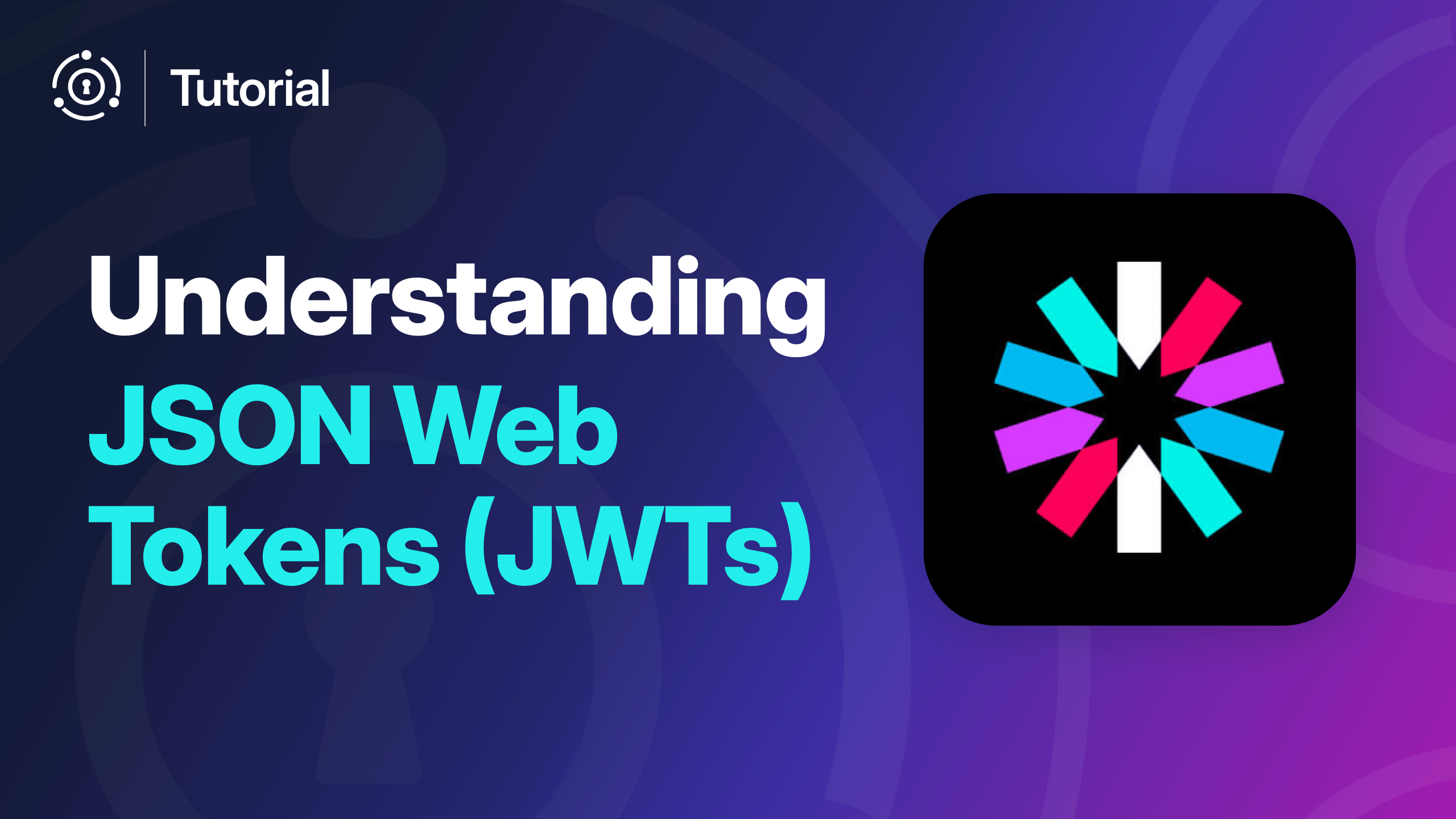
Understanding JSON Web Tokens (JWTs)
Today, you'll be diving into the world of JSON Web Tokens (JWTs) — and keeping it simple. Whether you're just getting started with APIs, microservices, or...
April 21, 2025
Tags

Today, you'll be diving into the world of JSON Web Tokens (JWTs) — and keeping it simple. Whether you're just getting started with APIs, microservices, or...
April 21, 2025
Showing 1 to 1 of 1 results
Get updates on techniques, technical guides, and the latest product innovations coming from FusionAuth.
Just dev stuff. No junk.